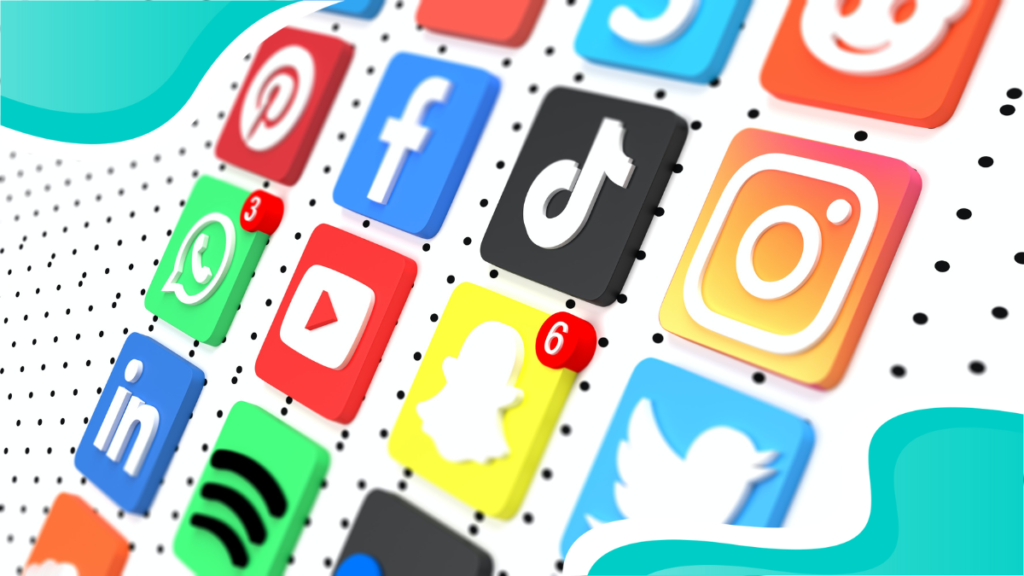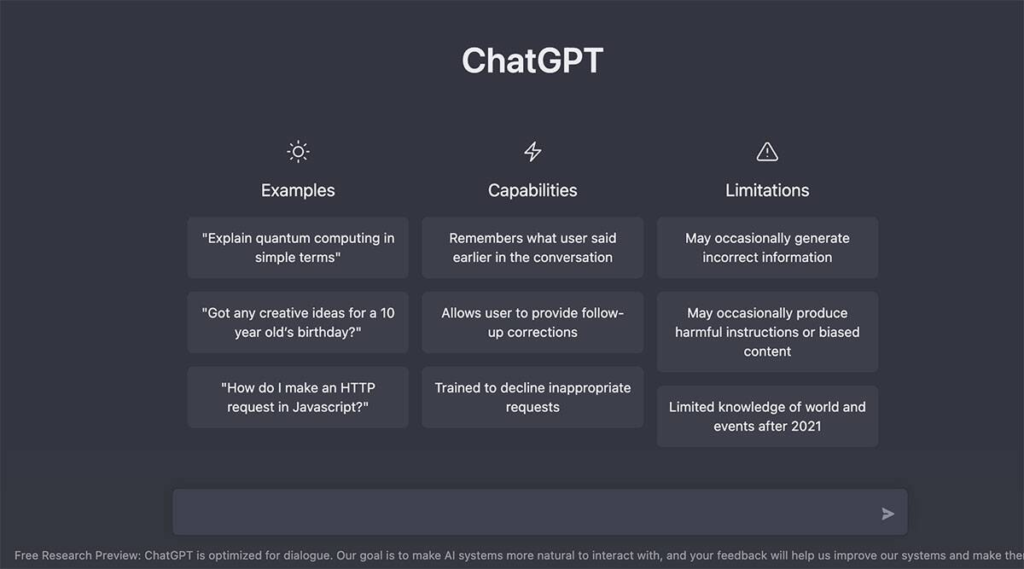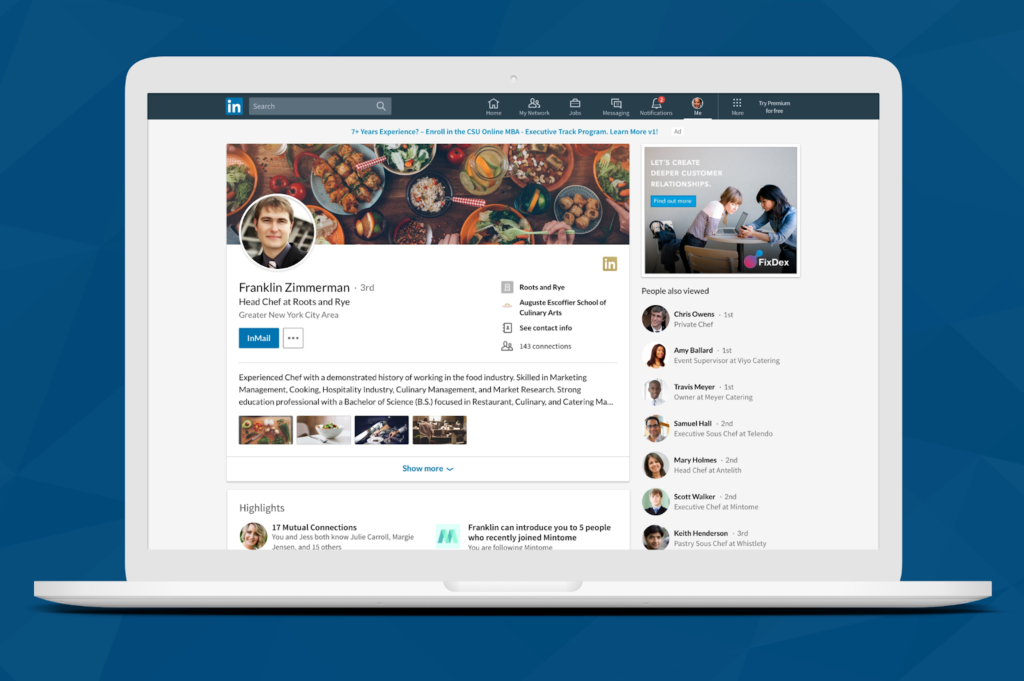From Likes to Loyalty: How to Create an Online Brand that Truly Connects with Your Costumer in 2023
Having a strong online brand presence is more important than ever in today’s digital world. With technological breakthroughs and the rising digitalization of our world, businesses must adapt to be relevant and competitive. The world is becoming more digital, with an increasing number of people turning to the internet to find information, products, and services. According to Data, there are currently 4.9 billion internet users worldwide, a 332 million rise since 2020. Because so many people use the internet, businesses must adapt to this digital age in order to remain relevant and reach their target audience. In this blog post, we’ll explore why having an online brand presence is so important for businesses in 2023 & How Insightus can help you to build your outstanding brand. What is Online Branding? The process of developing a brand identity for a company through its online presence is known as online branding. This includes developing a consistent visual identity for the company’s website, social media profiles, and online advertising. Online branding also entails giving the company a distinct voice and personality that resonates with its target audience. For Exp: Zomato, Cred, Swiggy, etc. Importance of Online Branding in 2023 In 2023, online branding will continue to be a critical aspect of a business’s success. With the rapid expansion of the digital world, consumers are relying more and more on online research and interactions to form opinions and make decisions about the brands they engage with. Here are a few reasons why online branding will be particularly important in 2023: 1. Increased competition: As more businesses go online on a daily basis, competition for attention and market share will be at an all-time high. In this crowded economy, a strong online brand presence will be critical to capturing consumers’ attention and differentiating from the competition. Real-world example: Nike has effectively established a significant online presence in a competitive market. Nike has established a community of dedicated customers through its social media pages, who engage with its content and share their own experiences with the company. This has helped Nike distinguish apart in the congested sportswear business and sustain its market leadership. 2. Consumer behaviour: Before making a purchase, consumers will continue to depend mostly on online research in 2023. This means that companies with a strong online brand presence will have an easier time attracting and keeping customers. Example: Warby Parker is a brand that has grown its customer base by leveraging its online presence. Warby Parker has made it simple and convenient for customers to explore and purchase glasses online with its website, social media, and virtual try-on technology. This has contributed to the brand’s reputation for quality and ease, which contributed to its development and success. 3. Trust and credibility – An effective online branding strategy can help businesses in developing customer trust, establish a solid reputation, and ultimately drive sales and revenue. Example: Zomato, an Indian restaurant discovery, and food delivery platform has a high online brand presence due to user-generated reviews, ratings, and suggestions. Its dedication to transparency and authenticity helped in the development of trust among its users, resulting in its success in the highly competitive food tech business. Steps to Build Online Presence in 2023 Building an online brand presence from the beginning can appear to be a daunting task. With the correct methods, though, you can create a powerful and effective online brand presence for your company. Here are some strategies for creating an online brand presence from start of 2023: 1. Define Your Brand Identity: Defining your brand identity is the first step in developing an online brand presence. This includes creating a unique and recognizable visual identity, such as a logo, colour scheme, and font style, that expresses the personality and values of your brand. You should also build a distinct brand voice and messaging that is appealing to your target audience. 2. Create a Website: Creating an online brand presence requires the creation of a website. Even if you have no coding skills, you can design a professional-looking website using website builders such as Wix or WordPress. Make sure your website is user-friendly, mobile-responsive, and offers visitors useful information and resources 3. Create a Content Strategy: Creating excellent content is essential for establishing an online brand presence. Create a content strategy that includes blog entries, social media postings, videos, and other sorts of information that your target audience will find useful. Focus on producing content that is informative, interesting, and pertinent to your target audience. 4. Utilize Social Media: Social media is an effective strategy for developing an online brand presence in 2023. Choose the social media channels that your target audience utilizes the most and create a social media plan that focuses on engaging with them, offering value, and creating relationships. 5. Use SEO: Search engine optimization (SEO) is essential for enhancing website visibility and traffic. Use keyword research to optimize your website and content for search engines, and concentrate on producing high-quality content that is useful to your target audience. 6. Monitor and answer feedback: Keep an eye on your internet reputation and answer to customer comments in a timely and professional manner. Use feedback to improve your products and services while also demonstrating to your clients that you value their feedback. Want to Increase your Business in your Local Area? Get More Customers & Leads!! Here is how GMB can help you to Boost your Presence in the Local Area How to Build an Online Brand on Social Media In 2023, If you are not on Social Media you are Out of business. If you observe 90% of people spend most of their time on social media.Rather than searching on Google. Here are some key factors to consider when selecting the right social media platform for your business: Defining your target audience is the first step in selecting the best social media platform. Take note of their demographics, interests, activities, and preferences. This will help you to figure out which











